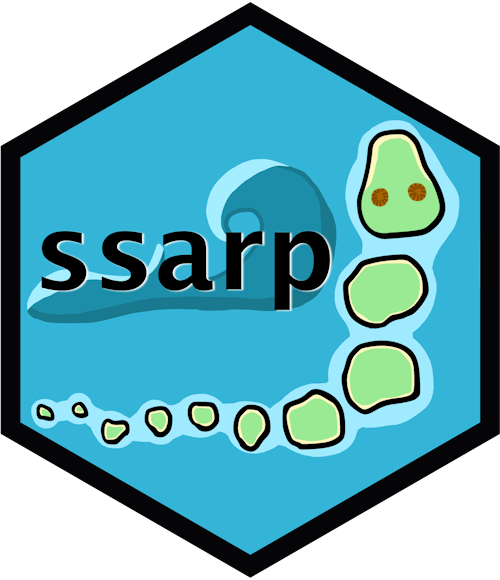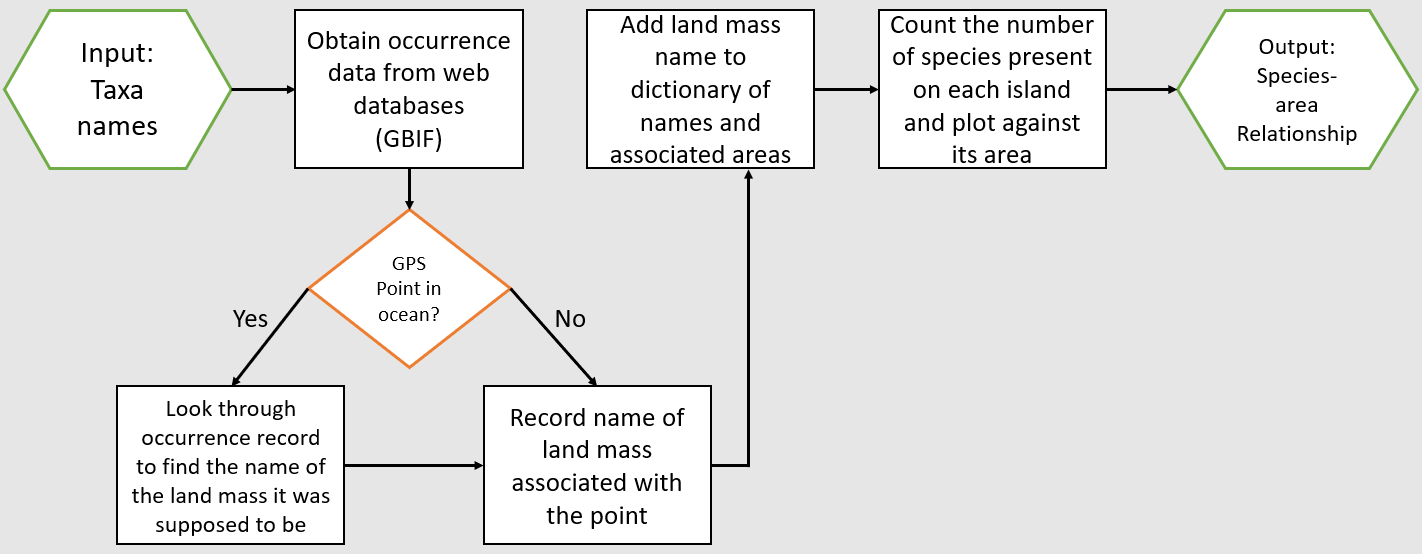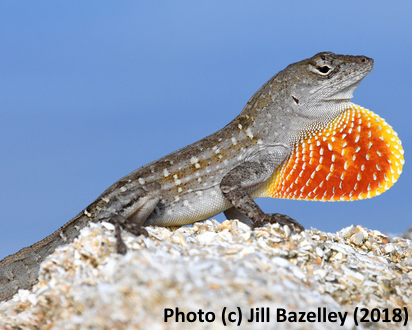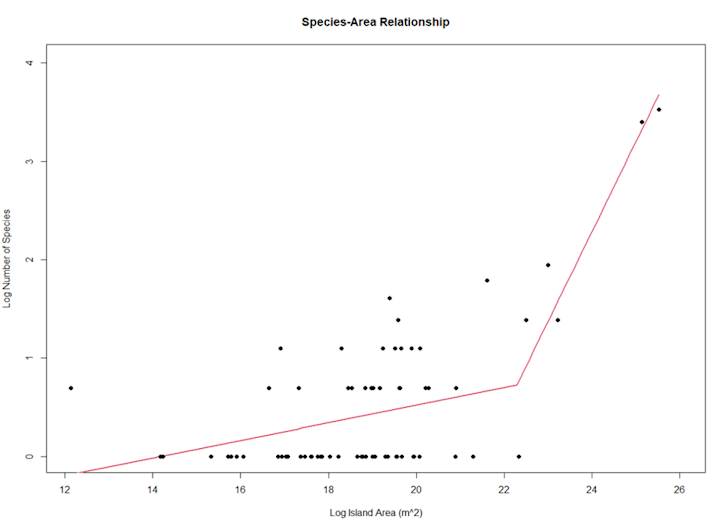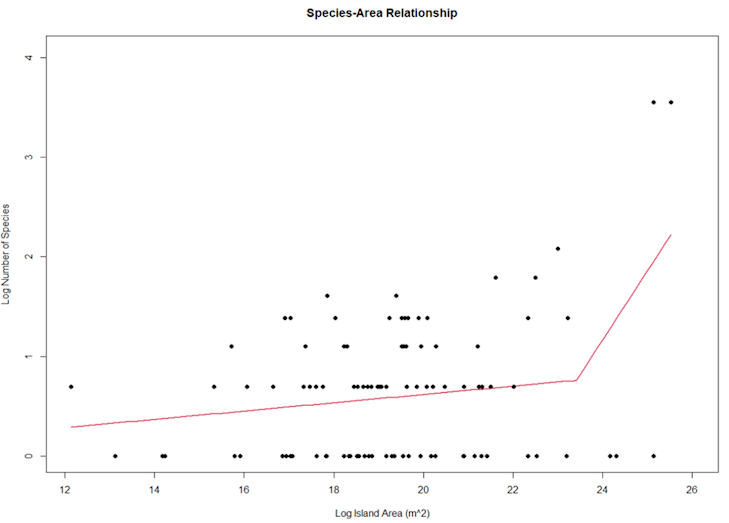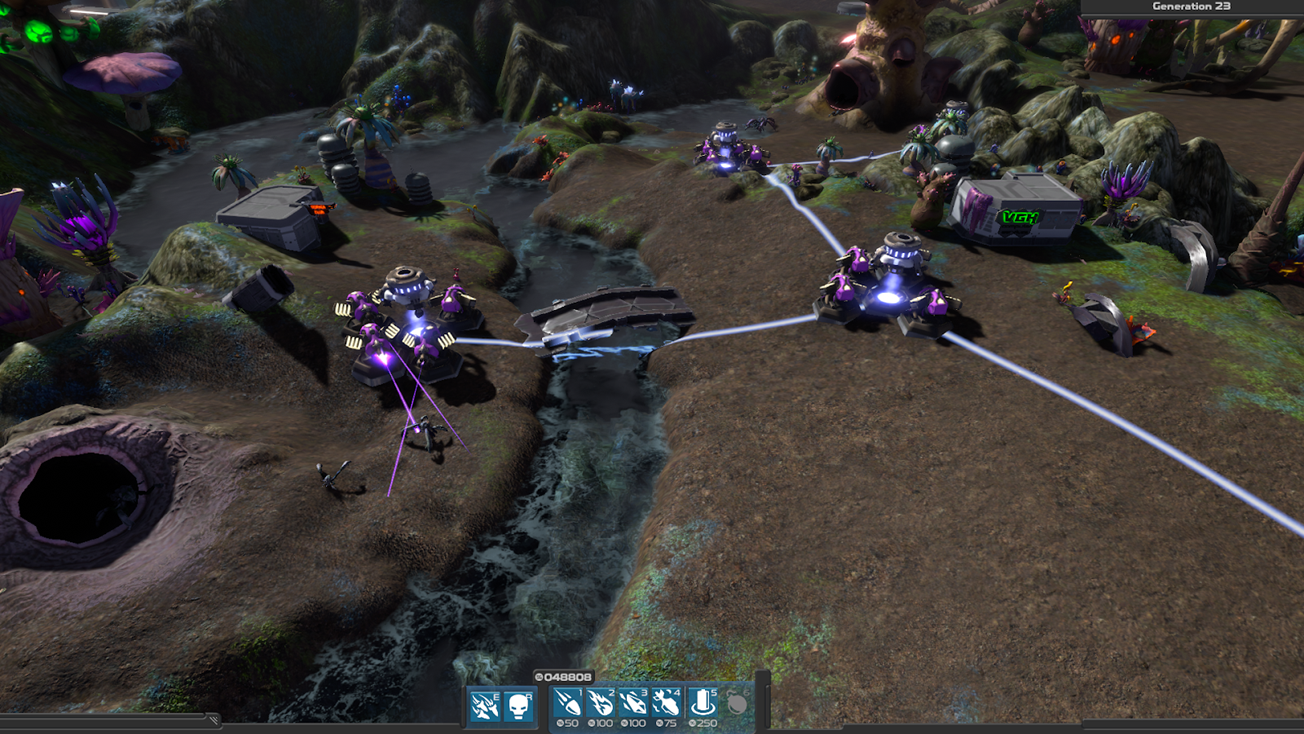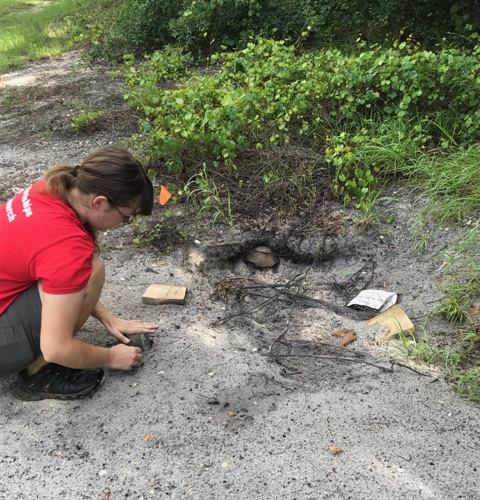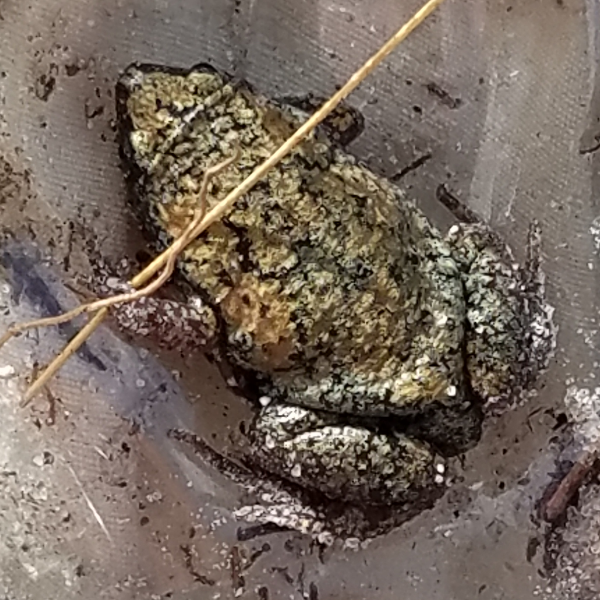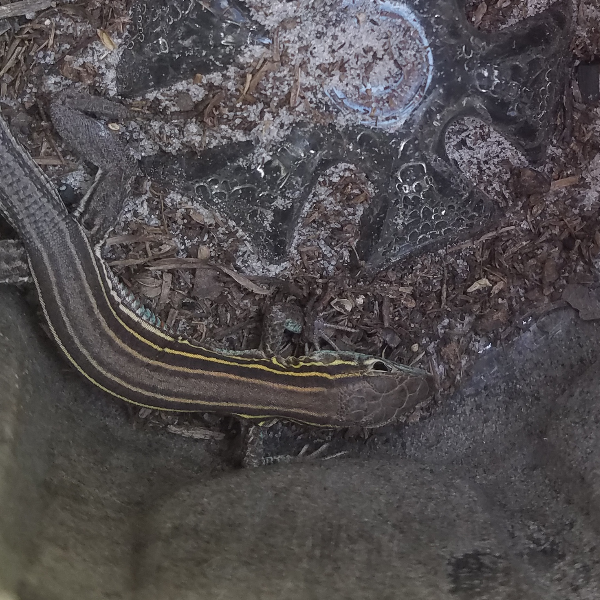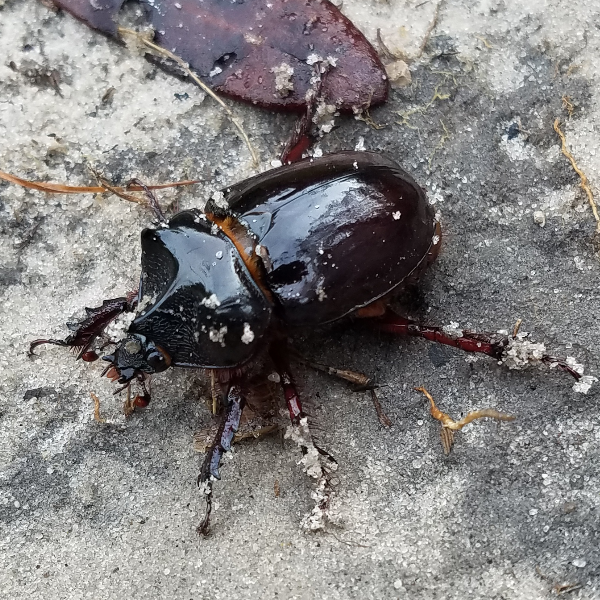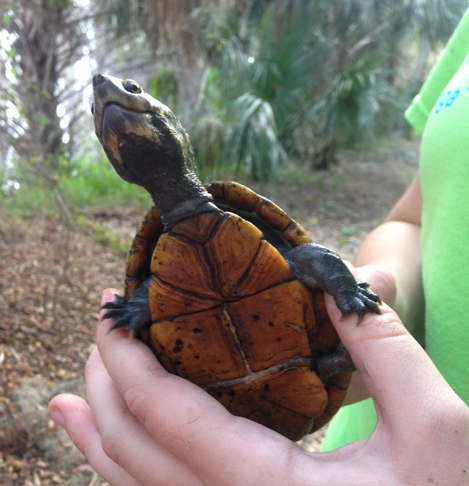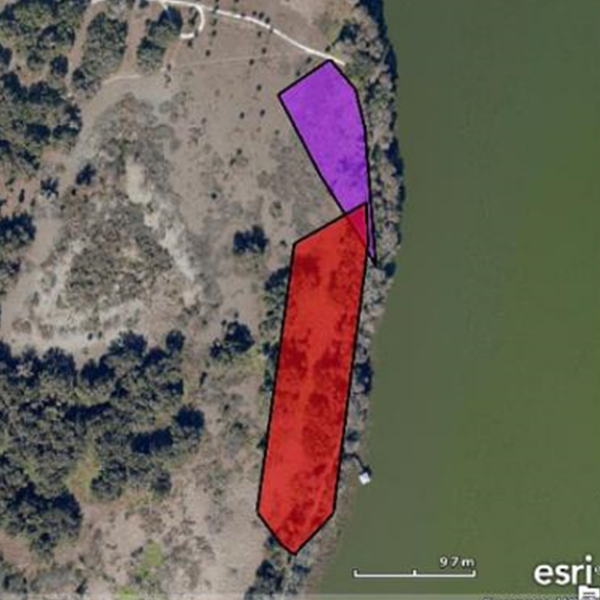Adding Mate Selection to an Evolutionary Video Game
Evolvy Bugs is an evolutionary mobile video game being developed by the at the University of Idaho. Just like other Polymorphic Games projects, the enemies evolve to combat the player’s strategy through a mathematical model of biological evolution. The fitness of enemies is based on how long they survive in the fight against the player, and enemies with the highest fitness reproduce at the end of each generation. Evolvy Bugs takes inspiration from Space Invaders: the player controls a space ship that shoots at aliens that float in from the top of the screen. With the addition of evolution to this classic style of game, players can watch the aliens come up with new behaviors and resistances to combat their strategies. For example, if a player shoots at aliens as soon as they drop down from the top of the screen, the aliens will start to choose to hide behind asteroids to prevent the player from easily shooting at them.
My role in the development of Evolvy Bugs is to add a model of mate selection to the game. In this model of mate selection, females prefer males that have more hair. Due to this selection pressure, players see the alien population get hairier and hairier as the game progresses. The trait under selection does not have a cost, so the aliens display Fisherian selection. This illustration of Fisherian selection adds another evolutionary process that can be taught in classrooms using this game.
If you'd like to hear me talk about this project, I gave an IIDS (Institute for Interdisciplinary Data Sciences) seminar about it in 2021 that was recorded and uploaded to YouTube.
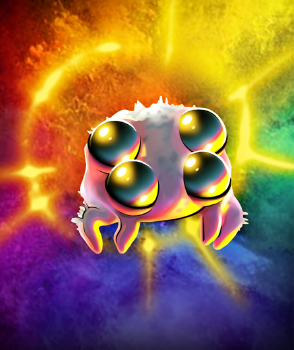
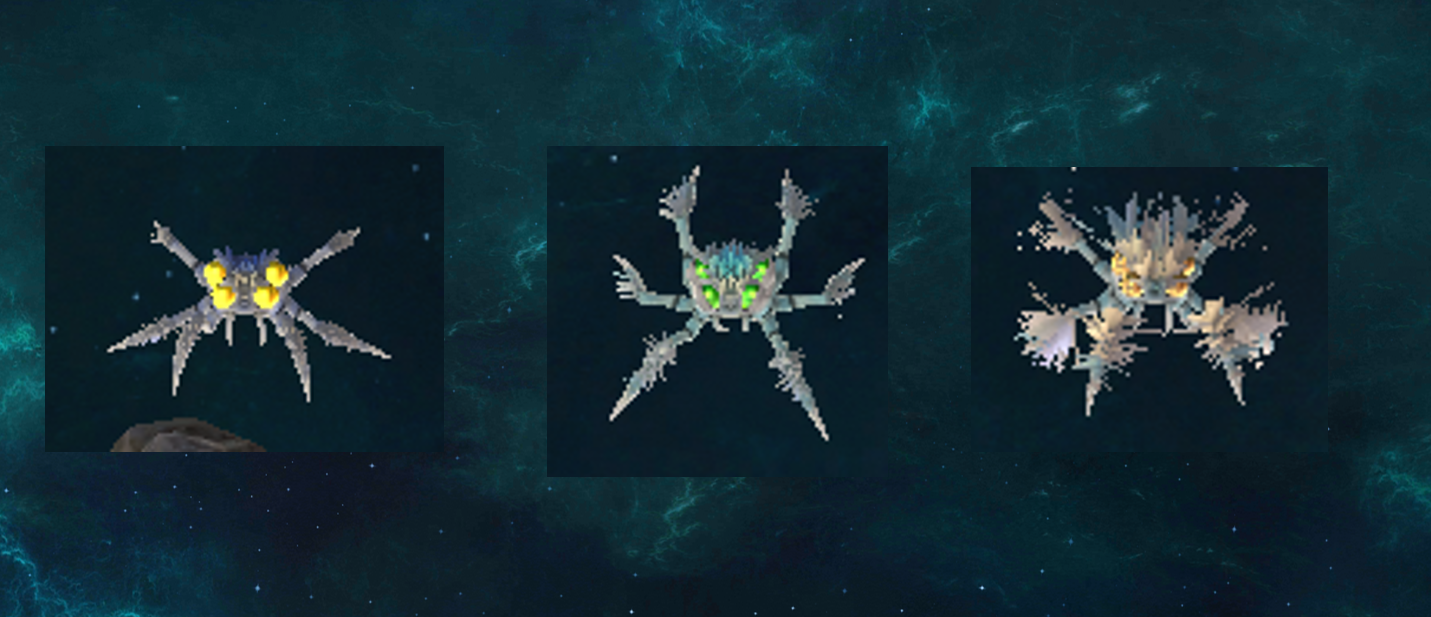
Three males in Evolvy Bugs at different generations. The male on the far-left is from a generation early in gameplay and does not have a lot of hair because mate selection has not impacted the evolution of males at that point. The male in the middle is from about 10 generations later and has more hair due to mate selection. The male on the far-right is from about 20 generations later than the middle male and has the most hair, driven by the females' preference for hairy males.
